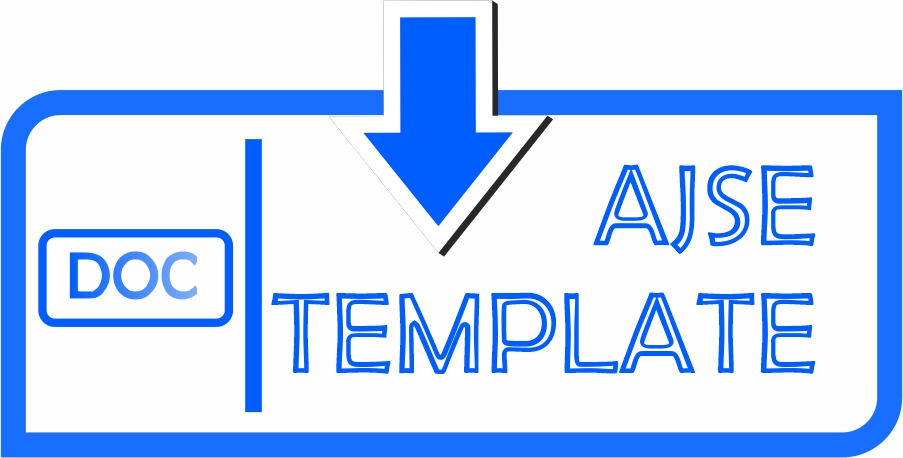INFLUENCE OF EFFECTIVE SIZE AND LEVEL OF SUPERNATANT LAYER IN SLOW SAND FILTER PERFORMANCE
Agustina Kiky Anggraini(1*), Stephan Fuchs(2), Adriana Silva(3)
(1)
(2)
(3)
(*) Corresponding Author
Abstract
Slow sand filtration has been admitted as an old method of water treatment and has been widely used in the world. This type of sand filter is prominent in its simplicity, low cost, and effectiveness. The term effectiveness refers to the performance on removing particulate matter and microorganisms. There are some significant factors should be considered in the system of slow sand filtration, such as grain size distribution of media, sand type, bed depth, operation mode of filter, and filtration rate. This study focuses on the influence of different effective size of media and operation mode in slow sand filtration especially on removing turbidity. Grain size distribution is represented by the effective size (d10) and uniformity coefficient (Cu). In regard to the operation mode, both sizes were operated under intermittent operation mode and were compared in two different level of supernatant layer: decreasing level and constant level. Laboratory scale experiments were conducted using four filter columns. Two filter columns were filled up with Rhein sand in different effective size of d10 0.075 mm and d10 0.50 mm. Uniformity coefficient Cu 2.5 and curvature coefficient Cc 1 were the same for both d10. Every column was fed with the same concentration of artificial raw water. The artificial raw water was created from Heilerde (clay from Germany) which passed 0.063 mm sieve opening mixed with tap water. Fine grain size tends to be easier to be controlled in regard to filtration rate, and vice versa for the coarse grain size. Surprisingly, the coarse grain size was able to remove turbidity as good as the fine grain size. Permeability of column was also tested and it decreased along with the addition of Heilerde.
Full Text:
PDFArticle Metrics
Refbacks
- There are currently no refbacks.
Copyright (c)
ASEAN Journal of Systems Engineering (AJSE)
Master in Systems Engineering
Faculty of Engineering
Universitas Gadjah Mada
Universitas Gadjah Mada
Jl. Teknika Utara No.3, Barek, Yogyakarta, Indonesia 55281
Website: https://journal.ugm.ac.id/ajse
Email: jurnalajse@gmail.com | ajse@ugm.ac.id


